Mapping Engineering in America
Like engineering? Explore the Engineering Map of America and see how the most significant feats of science and technology across the US have transformed the landscape. Contribute your own photos and videos at pbs.org/engineeringmap, and download the Mapping History iPhone app!
Previews + Extras
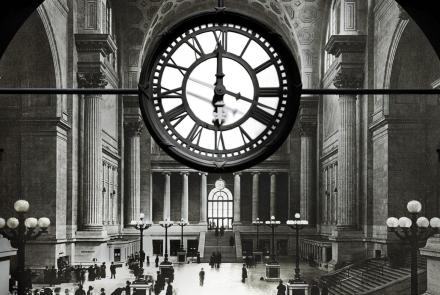
The Rise and Fall of Penn Station Preview
S26 E5 - 30s
The Pennsylvania Railroad built tunnels under New York City's Hudson and East Rivers, connecting New York with New England, and terminating in one of the greatest architectural achievements of its time, Pennsylvania Station. It covered nearly eight acres, extended two city blocks, and housed one of the largest public spaces in the world. But 53 years later, the monumental building was destroyed.
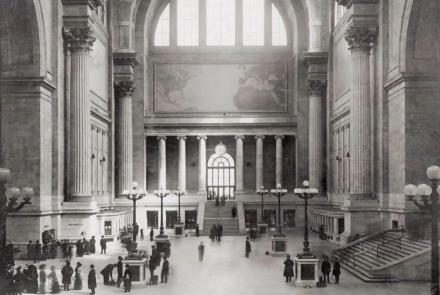
The Rise and Fall of Penn Station, Chapter 1
S26 E5 - 8m 42s
The enormous engineering feat and one of the greatest architectural achievements of its time, Pennsylvania Station was torn down after just 53 years. Premieres on PBS American Experience February 18, 2014.
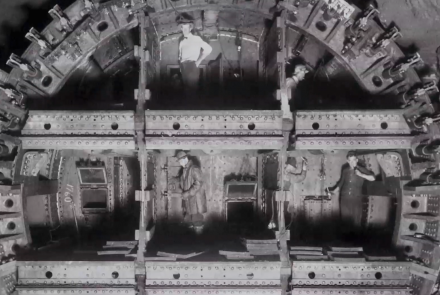
Compressed Air in the Tunnels
S26 E5 - 2m 42s
Work never stopped on the Pennsylvania Railroad’s tunneling projects; there were three 8-hour shifts a day, 7 days a week. As the workers dug under the river bed, compressed air was pumped in to keep the water out of the tunnels. To bore under the river, the engineers used a Greathead shield, a steel cylinder with a diameter of 23 feet that weighed nearly 200 tons.
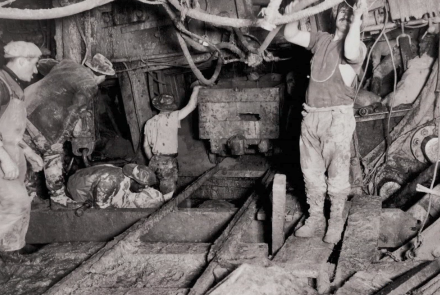
Confined Labor in the Tunnels
S26 E5 - 1m 24s
Excavation for the Pennsylvania Railroad's tunnel project was done by hand labor, with workers typically using a spade or pneumatic hammer. Excavation workers, called “sandhogs,” faced many dangers working in a confined space. Equipment was constantly moving in and out along with muck carts full of tons of mud and rock—and there was nowhere to run if things went awry.
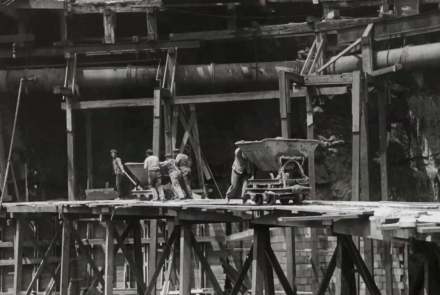
Constructing Pennsylvania Station
S26 E5 - 1m 35s
Over 500 buildings were initially cleared for Penn Station’s construction, an area equal to two city blocks, or 28 acres. Crews worked day and night to build the train yard below ground, excavating tons of earth from the construction site. Avenues, buildings, and elevated railroads around the construction had to be propped up while workers excavated around the underground infrastructure.
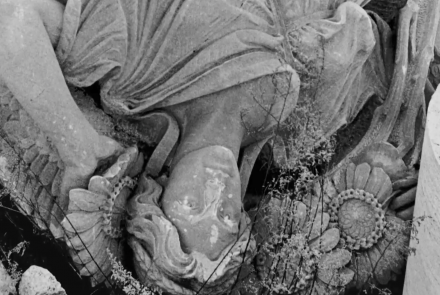
The Destruction of Penn Station
S26 E5 - 2m 59s
In 1961, the financially strapped Pennsylvania Railroad announced it had sold the air rights above Penn Station. The company would tear down what had once been its crowning jewel to build Madison Square Garden, a high-rise office building and sports complex. Demolition began on October 28, 1963 and would continue for the next three years.
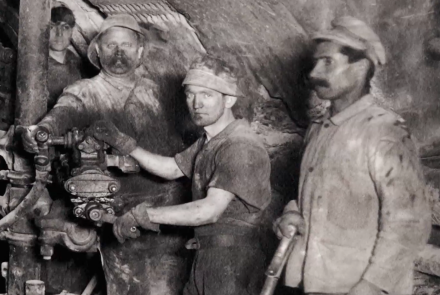
Tunneling the East River
S26 E5 - 2m 17s
The East River flowed over a mix of gravel, clay, sand, silt and bedrock. When sandhogs hit pockets of sand and gravel, there was a risk of air leaking from the tunnels. Workers were constantly on the alert for a whistling sound—a sign that compressed air was escaping and might at any moment punch a hole through the riverbed, known as a blowout. These blowouts were costly and often deadly.
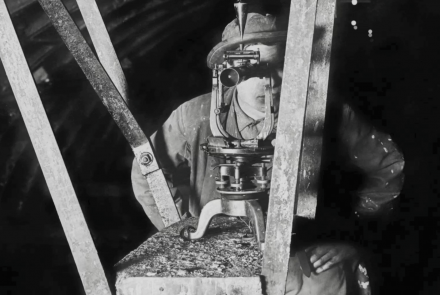
Hudson River Tunnel Shifting
S26 E5 - 2m 3s
As the Pennsylvania Railroad tunneled underneath the Hudson River, measurements showed that the tunnels were shifting up and down in the silty river bottom. Increasing the weight of cast iron linings did nothing to settle the tunnels, and the shifting continued. Engineers finally figured out what suddenly seemed obvious: the tunnels were moving with the tide.
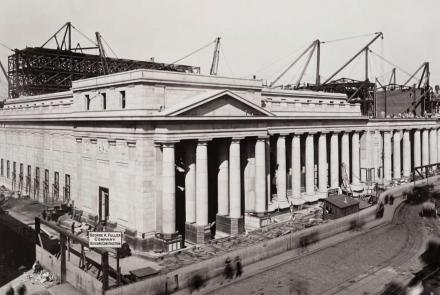
Penn Station Rising
S26 E5 - 2m 14s
Masonry work began on Pennsylvania Station in 1908, and the grandeur of architect Charles McKim’s design began to take shape. Penn Station took four years to build and used 27,000 tons of steel, 500,000 cubic feet of granite, 83,000 square feet of skylights and 17 million bricks. Pennsylvania Station opened to the public in 1910.
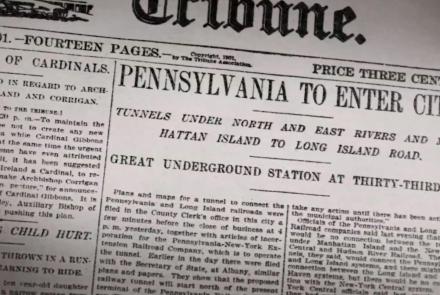
Preliminary Worries with the Pennsylvania Railroad Tunnels
S26 E5 - 2m 6s
When the Pennsylvania Railroad announced they would be tunneling into Manhattan, rather than building a bridge, people were stunned. Tunneling underwater was known to be dangerous, and once they were built, the tunnels would need to withstand hundreds of trains traveling through them every day. With a typical Pennsylvania Railroad passenger train weighing 700 tons, this was no small challenge.
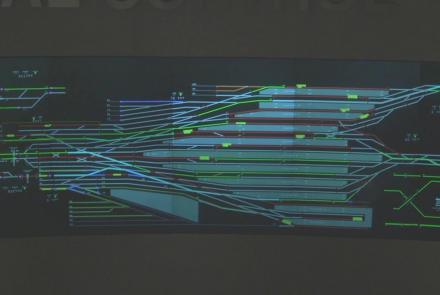
Penn Station Central Control
S26 E5 - 3m
Half a million people pass through New York City's Penn Station every day. During rush hour, a train arrives at a platform every 58 seconds. Phil Kaplan has worked for Amtrak for 37 years, and he takes us for an unusual behind the scenes look at the Central Control room.
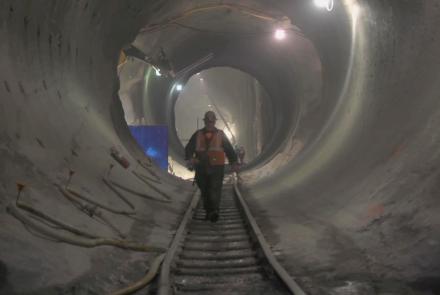
Inside the MTA's East Side Access Project
S26 E5 - 8m 9s
Go underground in the MTA's East Side Access caverns and tunnels - just one of the projects in the MTA's portfolio of $18 billion of construction - which will connect Long Island Railroad trains directly to Manhattan's Grand Central Terminal.
Similar Shows

Escape from a Nazi Death Camp
History

The Mayo Clinic
History

After Auschwitz
History
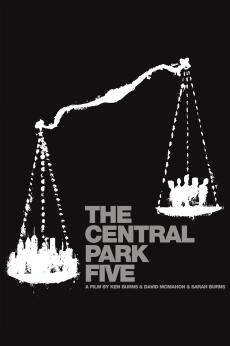
Central Park Five
History




World's Greatest Cemeteries
History

Rogue History
History

The Black Church
History
WETA Passport
Stream tens of thousands of hours of your PBS and local favorites with WETA Passport whenever and wherever you want. Catch up on a single episode or binge-watch full seasons before they air on TV.